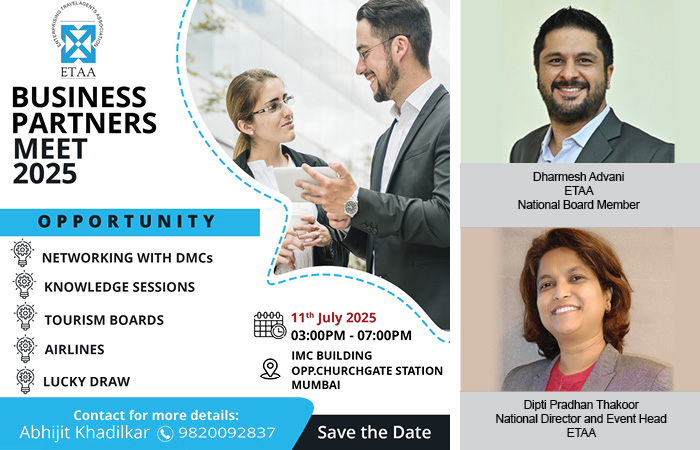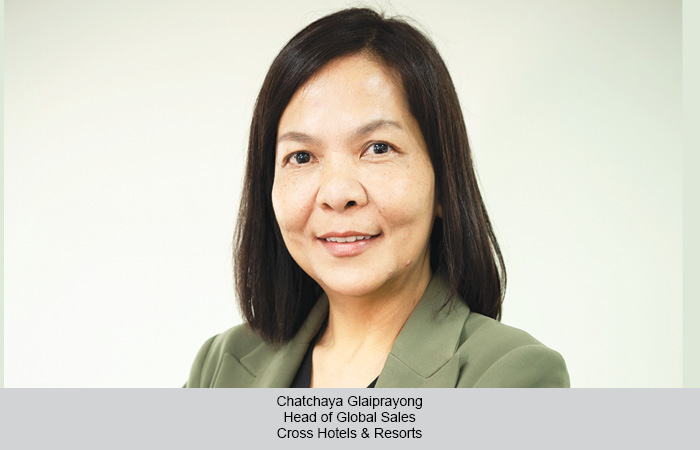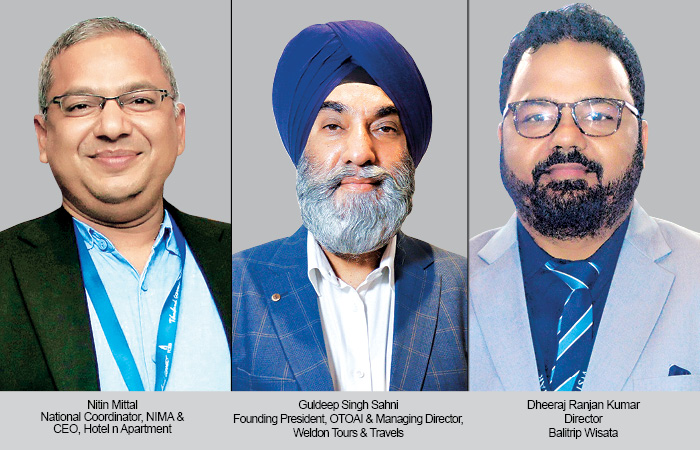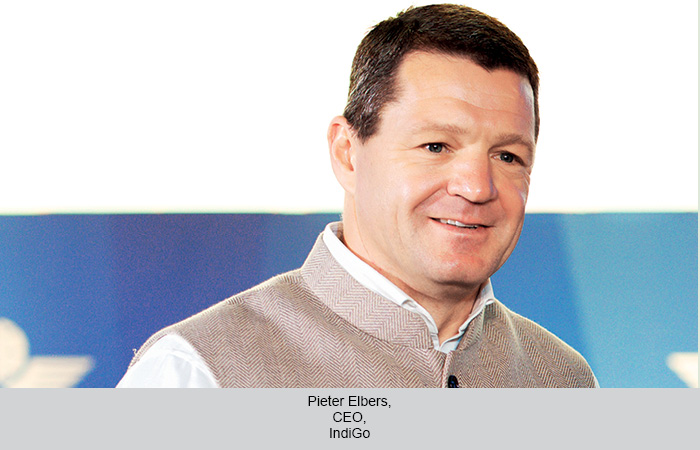It all boils down what India’s priority is? Is it to build a stronger domestic push, or, new international inbound development? The key to have holistic tourism development is to have an integrated strategy. Gavin Eccles, Managing Partner, GE Consulting & Advisory.
Hazel Jain
There is a direct co-relation between tourism and air connectivity. Do you think India is taking advantage of this?
Prior to the pandemic, according to the UNWTO, 57 per cent of all international tourism was related with aviation. So, connecting destinations with air services is paramount. For India, domestic tourism has been the key push. So, it is clear that schemes such as UDAN (fly for all) have helped to stimulate the Indian carriers to build a strong air service that links key Indian cities with second and third tier locations – so, if you have connections, it is inevitable you can have tourism. In moving forward, what is India’s priority? To build a stronger domestic push, or, to look at new international inbound development. Key is an integrated strategy between the regional airports, regional/national tourism board of India, and, the airline/tour operator partners.
LCCs are now being touted as the best model to have. Will this be true for India as well?
The pandemic has shown that the LCC model has been more adaptive to changing conditions. As we come through the pandemic, we learnt, an airline that has the chance to make quick route decisions, and, build connections on changes in consumer demand will be more effective.
What do Indian LCCs need to do now to ensure they make larger profits?
It is ancillaries that are driving the vision of the European and US low-cost carriers. Recent research from IdeaWorks 2021 on Global Airlines and Ancillaries revenues, highlights that the Indian carriers have much to learn from their global counterparts. Ancillaries refer to monies that an airline can make from areas such as luggage, insurance, seat-assignment, priority-boarding, selling holidays, etc.
The new LCC Akasa is taking form and will fly from summer of 2022. Your predictions?
Key for Akasa Air is to differentiate through ancillaries. Make ancillaries a key part of the travel proposition. That means moving beyond ancillary development with seats, boarding, etc., but to look at the total travel proposition. Two areas are growing well at the moment; building an in-house tour operator that allows the airline to sell the leisure/travel proposition via a controlled inventory system whereby the tour operator is able to get access to airline inventory and package-up as a fully bonded operator. Could we see Akasa Air Holidays? The future is ancillaries and owning travel. This is how LCCs can stay ahead of the flag carriers and hub models. Be different, be pro-active, and, make your own differentiation.
 TravTalk India Online Magazine
TravTalk India Online Magazine







